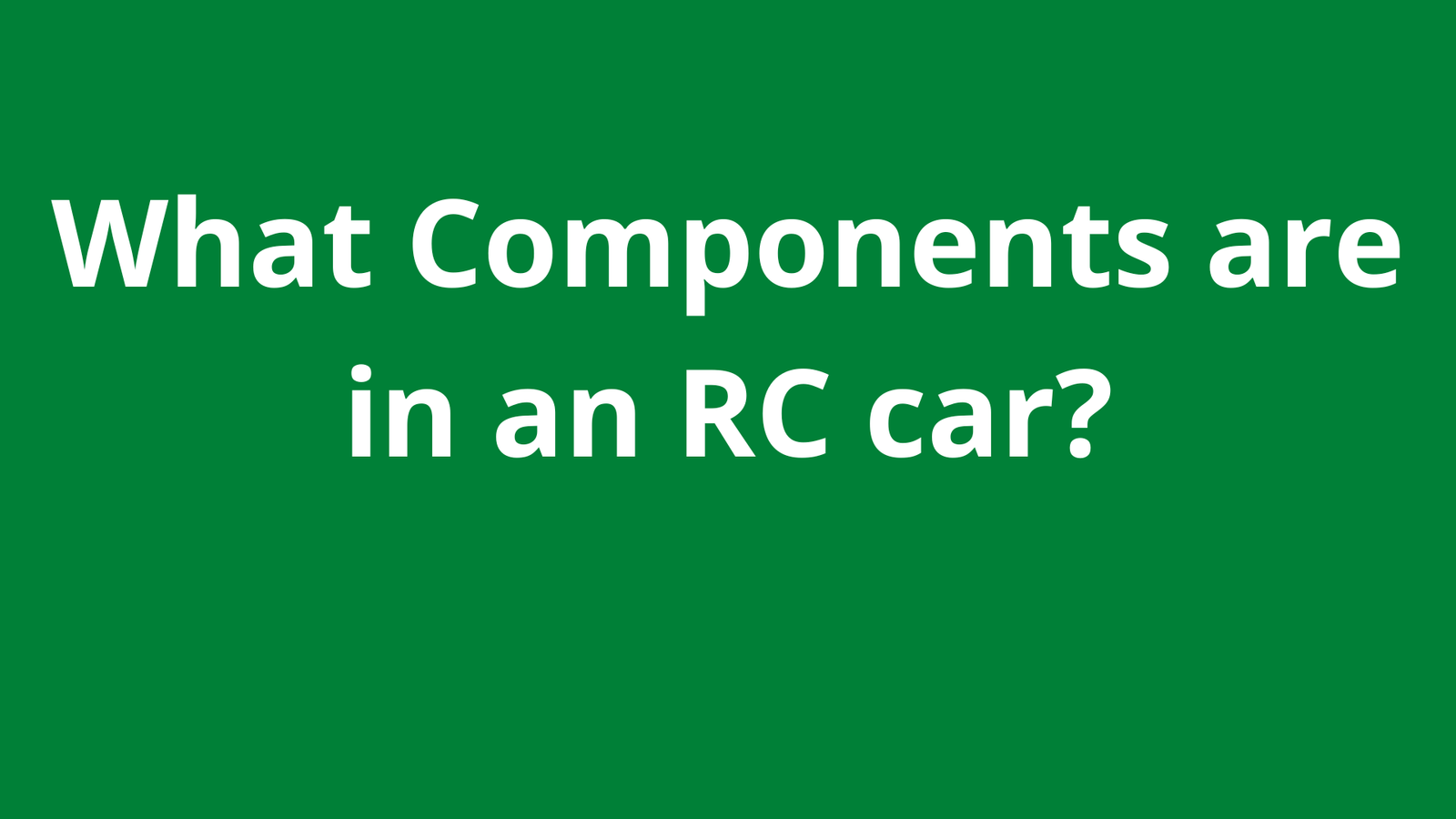For RC car enthusiasts, nothing is quite as exciting and fun as getting out there on the track or off-roading to your heart’s content. But in order for your RC car to perform at its peak performance level, it needs the right parts and accessories. From batteries and motors to wheels, shocks and suspension arms – there are a number of vital components that you should be aware of when upgrading your RC vehicle. In this blog post we’ll take a look at some common parts and accessories available today that could help optimize your ride. From deciding which motor is best for speed over power to choosing between tires approved for on or off-road use – understanding what items you need can mean all the difference when making modifications to get ready for racing day!
Motors
Motors are an essential part of any RC car. They provide the power needed to move your vehicle forward, backward, up hills, around corners, etc. There are two main types of motors used in RC cars: brushed and brushless motors. Brushed motors are usually cheaper than brushless motors, but they tend to be less efficient and require more maintenance. Brushless motors have higher efficiency and generate more torque than brushed motors, but they usually cost more money.
Electronic Speed Controller (ESC)
An electronic speed controller (ESC) is an essential piece of hardware in any radio-controlled (RC) car. It regulates the amount of energy being sent to the car’s motor from the battery, providing increased control over acceleration and braking. By using a combination of computerized programming and hardware designs, ESCs offer a wide range of speeds for any type of RC car. This allows users to tweak their cars for various terrains and to find just the right racing speed for their skillset. Installation is simple, too – with no soldering or extra modifications required in many cases. Whether you’re an experienced driver or just starting out, having access to an electronic speed controller will give you added control over your RC car and improved performance on the race track!
Batteries
Batteries provide power for all electrical components in your RC car such as sensors, lights, servos, radio receivers, etc., as well as powering your motor itself. The most common battery types used in RC cars are NiMH (nickel-metal hydride) and LiPo (lithium polymer). NiMH batteries are cheaper and easier to use but they don’t last very long compared to LiPo batteries which provide more energy density but require more care when charging and discharging them.
Radio Transmitters & Receivers
Radio transmitters allow you to control your car from a distance using a handheld device known as a transmitter or remote control unit (RCU). The transmitter sends signals wirelessly to a receiver which is connected directly to the car’s electronic speed controller (ESC). Different brands may use different frequencies so it’s important that you purchase compatible transmitters and receivers for your vehicle before attempting to operate it.
Charging Systems
Charging systems help keep your battery at full charge while you’re running your car or when it’s not in use. Most charging systems feature several different settings so you can adjust the amount of charge being delivered based on how quickly you want your battery charged or how long you plan on running your car before needing another charge. It’s important that you always follow the manufacturer’s instructions when using any type of charging system with your vehicle in order to avoid damaging it or causing injury due to improper use.
Wheels, Tires & Hubs
Wheels, tires, and hubs work together to make sure that all four wheels on an RC car rotate smoothly and evenly when moving forward or backward—this helps ensure optimal performance from all four wheels at once! Some wheels are available with interchangeable hubs which allow different sizes/offsets/etc., depending on what kind of terrain you intend on driving on; other wheels may come pre-assembled with their own hubs already installed so no extra work is necessary from the user aside from mounting them correctly onto their axle shafts before use. Additionally some tires may feature special tread patterns designed specifically for certain surfaces such as dirt surfaces or asphalt roads; this can greatly enhance traction during turns or acceleration/braking maneuvers in those environments if used correctly!
Conclusion:
From motors to charging systems there is a plethora of parts and accessories available for RC cars today—each designed with its own purpose in mind! Knowing what each part does will help ensure that every component is working together properly so that you can get maximum performance out of your vehicle no matter where it takes you! With proper maintenance these parts should last many years giving owners countless hours of enjoyment! For those new to this hobby we hope this guide has been helpful – now go have some fun
